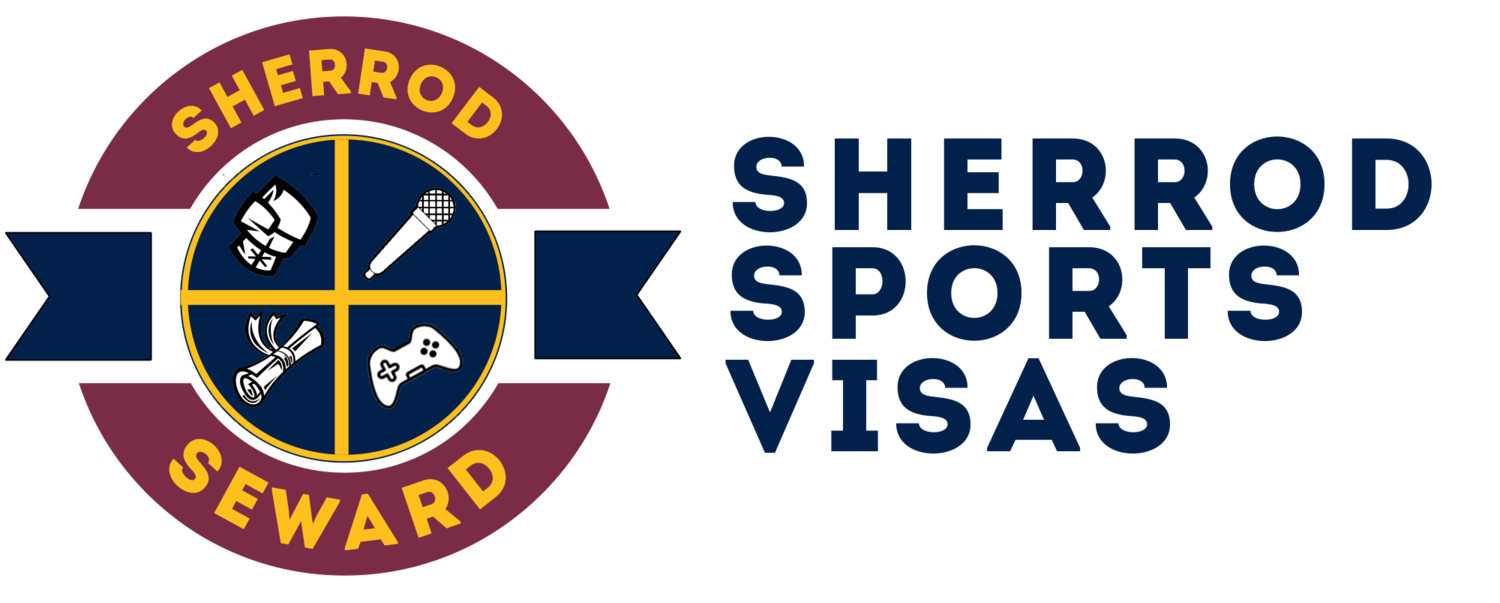Visa Options for New Sports Leagues that do not qualify for Compete Act of 2006
New sports leagues did not qualify for the Major Sports League exception for their first year in business. This is because a league would need to demonstrate at least $10,000,000 in revenue and have at least six teams. By default, a league that has yet to complete a season would not have $10,000,000 in revenue from previous operations to satisfy the compete act requirements.
Please see my video explanation of the best options available for the XFL to pursue work authorization visas for international football players next year
Below is a written explanation of the options described in the video.
Option 1 - Try again for the major league sports exception under the 2006 Compete Act after the first season
If the sports league has run one successful season, there may be a pathway to obtaining the major league exception this year. Typically, USCIS will want to see financial information to confirm revenue to obtaining major league status. We have tried in the past with third-party revenue reporting in the past, and it has mixed results unless the league size is obvious.
Option 2 - Individual P-1A visas for athletes
The 2006 Compete Act minimizes the requirements to obtain a standard P-1A visa, the most common visa type for international athletes. Individual athletes can file for P-1A visas under the traditional P-1 visa eligibility standards. Proving eligibility for P-1 visas for individual athletes in team sports athletes without the Compete Act is difficult, but possible, on a case-by-case basis.
P-1A Standard Eligibility Categories
NCAA Experience - recent NCAA experience is helpful for this category
Previous Major League Experience - Previous NFL and perhaps XFL experience will help satisfy this category
Awards - some international players have awards from other sports, NCAA, or national team competition that can be used to meet the awards category
Expert Opinions - Media reports and letters of support written by experts in football can be used to meet this category
A consultation letter from the Governing Body of the Sport - If an organization organizes national team competitions for the sport in question, this organization could potentially issue letters in support of XFL athletes that would satisfy this category.
P-1 athletes need to satisfy two of the seven categories in order to be eligible for a P-1A visa without the help of the 2006 Compete Act.
Option 3 - O-1A Ambassador and O-2 Essential Support Staff
Recently, we have urged new sports leagues, foreign sports organizations, and management teams to have someone in the organization obtain an O-1B or O-1A visa as an ambassador of the league. The O-1 visa applicant can be an athlete, executive, or other-person in the organization that is public facing and has great credentials. The O-1 is the non-immigrant with the most flexible work authorization and can support essential support staff applications. The idea is that the person obtains an O-1A as a league ambassador and then utilizes the athletes as essential support staff to promote the overall brand of the league. The O-1 has a high eligibility bar, but O-2 essential support staff visas do not. The job title of the O-1 visa holder needs to be creative to support essential support staff persons that are competing athletes.
Option 4 - H-2B Seasonal Work Authorization
The 2006 Compete Act was created in part because minor league hockey players were utilizing a lot of H-2B visas. H-2B visas are limited in number and are typically used for seasonal farm and amusement park workers. However, this does not preclude sports organizations fstill pursue H-2B visas for seasonal workers. We recently consulted with a new baseball league for this category. The advantage of the H-2B visa is that there is a low bar to eligibility for the visa; however, this option requires job advertisements and a labor certification from the Department of Labor, which can be cumbersome.
